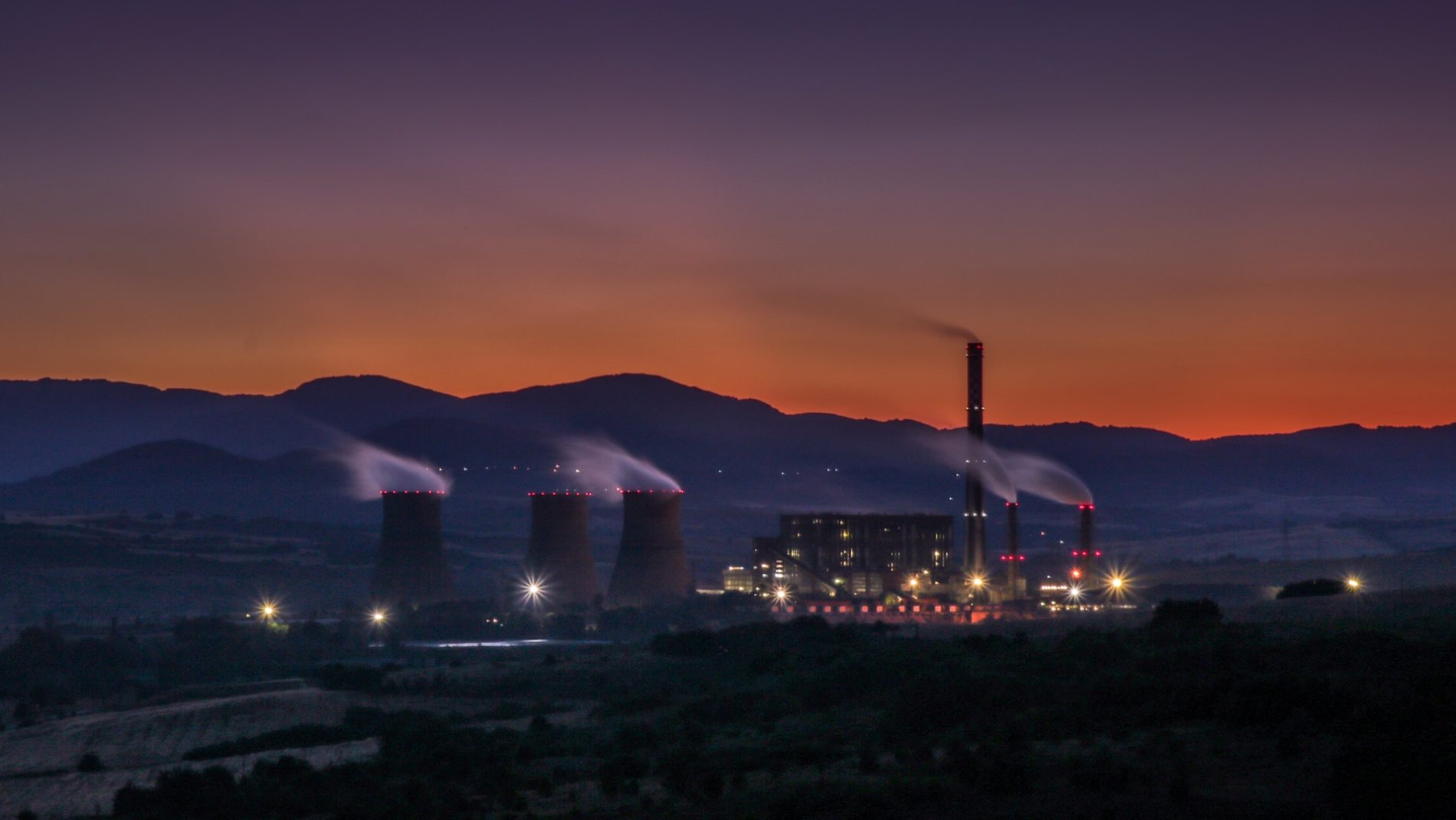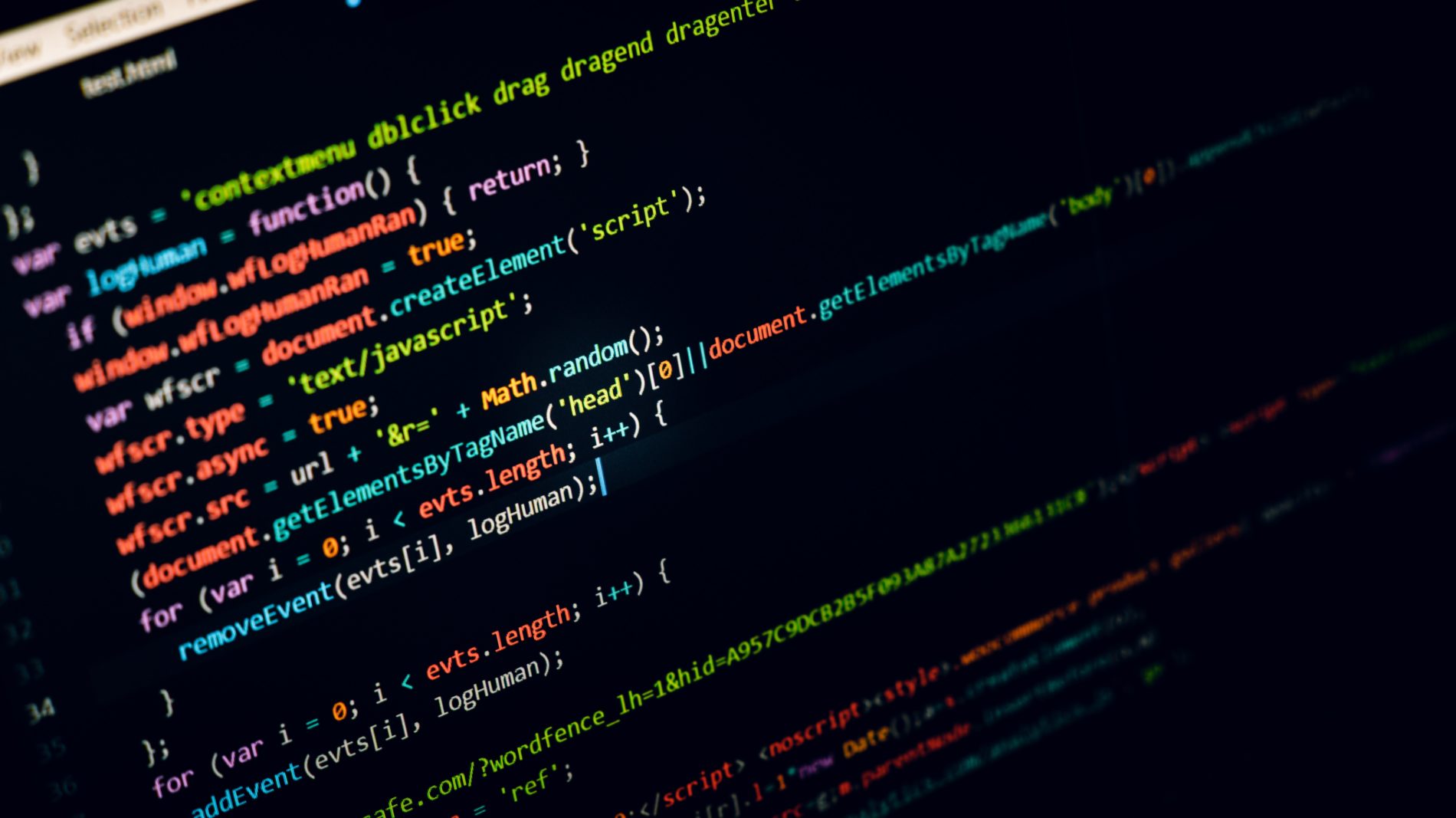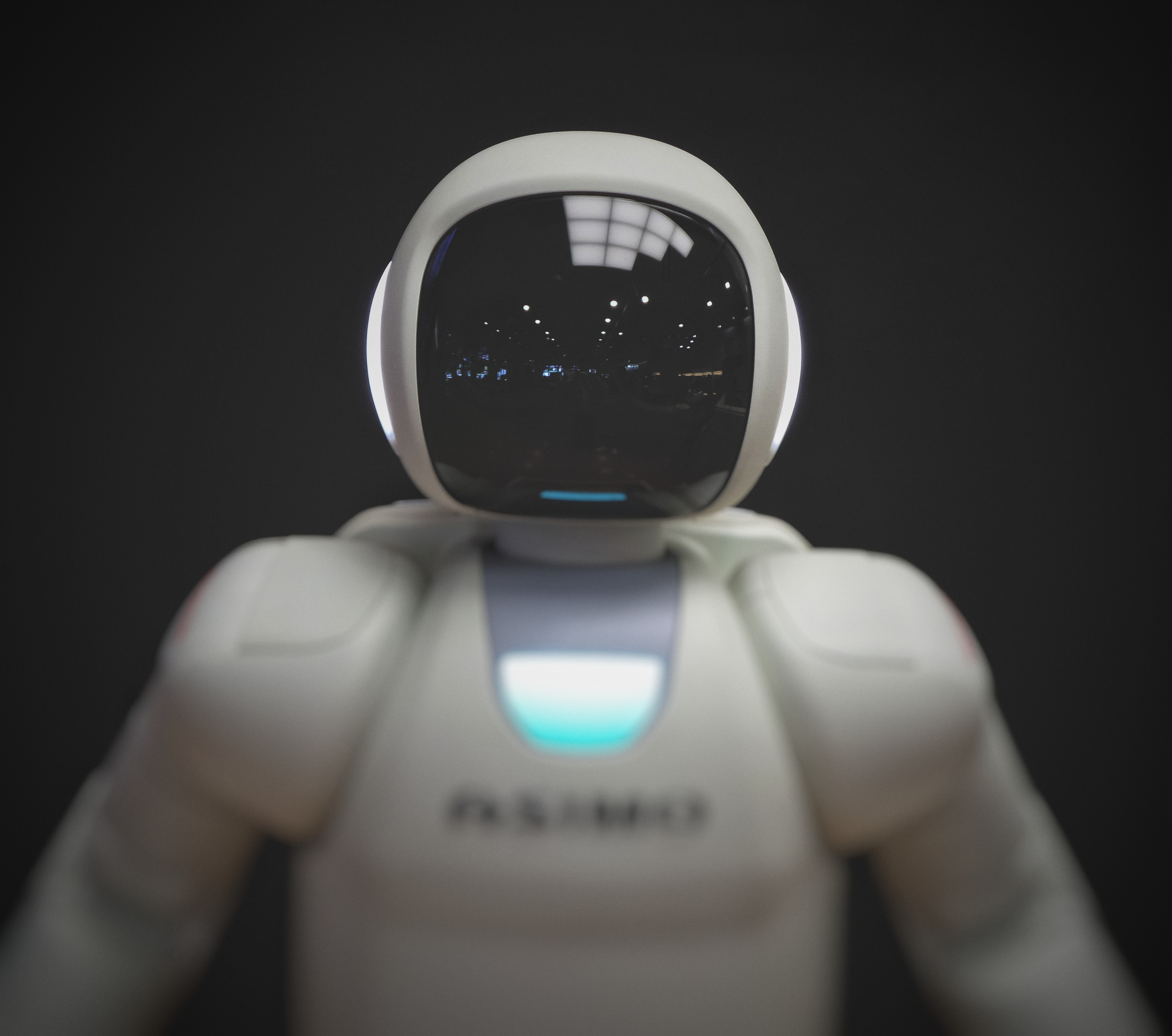Over the last few years, there has been much discussion online and in the news about three new technology trends with the power to transform our world for the better. We are told that the Internet of Things (IoT), Blockchain and Artificial Intelligence (AI) will upgrade the basic infrastructure of our cities, make our banks and governments more secure and transparent while ushering in a new era in which super intelligent machines begin to solve the environmental and ecological problems that humans never could.
The Utopian future promised by these technologies could not have arrived at a more opportune historical moment, as today a wave of right-wing populism spreads across the globe and we find ourselves in the midst of a climate crisis with 10 official wars and an additional 8 ongoing military conflicts.
We could surely do with a little help. That help might come through the achievement of the 17 Sustainable Development Goals (SDGs) laid down by the UN in 2015. The SDGs provide a blueprint to achieve a better and more sustainable future for all. So if IoT, Blockchain and AI are in fact the future, we need to take a closer look to understand how trends associated with these technologies support the SDGs and where they are in conflict with them.

In the Photo: Technology can help us with an array of functions. Photo Credit: JESHOOTS.COM
The Internet of Things (IoT)
Basically, an IoT network consists of huge numbers of devices which can detect and collect data from sources that were previously untapped. This data can then be analysed to generate insights and make predictions that were not previously available. IoT technologies are boosting efficiencies in traditional supply chains by giving stakeholders access to what was once an invisible resource.
The FAO estimates that roughly a third of all food produced becomes waste before making it to a consumer. IoT technologies make it easier for logistics companies to better track food products as they move through the supply chain. Addressing food loss has been a theme at the Danish shipping company Maersk Line. In 2012 they worked with Ericson to develop a system for monitoring the temperature and locations of their 300,000 refrigerated shipping containers. More recently they’ve been collaborating with IoT startups Telesense and Ripe to help minimize food loss.
Other companies involved in IoT and the food supply chain like SigFox and Sealed Air have been quick to follow Maersk’s lead here and as this trend increases the positive effects will compound. This is a constructive development which represents progress towards SDG 2 Zero Hunger and SDG 12 Responsible Consumption and Production.
It is worth noting that creating efficiencies in supply chains is good for a companies profit margin and if industry is to embrace a sustainable approach more broadly strategies which link progress towards SDGs with increased profits may need to be developed.

In the photo: Shipping giant Maersk has collaborated with IoT start ups to reduce food loss. Photo Credit: kees torn
The flip-side of the IoT coin presents a much different picture of this emerging technology.
The concept of ‘Surveillance Capitalism‘, introduced by Shoshana Zuboff involves the mass harvesting and analysis of people’s private data with the end goal of influencing people’s behaviors to boost the profits of the harvester. It may sound like an Orwellian vision of Dystopia but surveillance capitalism is already here and it is powered by IoT technologies.
Facebook, Apple, and Google have all been involved in recent scandals for their emotional profiling, gesture recognition, and location tracking. Your phone is tracking you everywhere you go and sending the data back to Google through the maps app. Alexa is sending speech and affective data describing your emotional state back to Amazon and might be sending your private conversations back too. There have even been reports of Alexa recording private conversations. Samsung’s smart TV’s are recording what you do in your living room and sending the data back to their manufacturers.
All of this information is then used to profile you so that the corporations involved can manipulate you into signing up for more of their products and services, and that’s before we begin to consider the smart cities.
A smart city is an urban space that uses IoT technologies to collect data that can then be used to manage, govern and define civil policies within that area. In essence, it is a city that is run with the aid of IoT.
As part of its ‘United for Smart Sustainable Cities’ initiative, the UN has published a report on all of the many ways that Smart Cities can contribute towards achieving the SDGs. It’s a convincing document that inspires hope by mapping out a realistic path for making Smart Cities Sustainable and helping to achieve the SDGs more broadly.
However, it seems that not everyone is taking heed. Critics have noted how the proposed Smart City infrastructure that will power India’s planned “Gift City” promises to replicate old biases further entrenching the divide between India’s rich and poor. Google affiliated Sidewalk are building a Smart City on Toronto’s derelict waterfront. “Quayside” promises to be characterized by constant and pervasive data collection. The data, in turn, will be used to drive algorithmic decision-making processes which will remove humans from the loop in civic management.
There is very little transparency here and questions remain over who owns all the data. Surveillance Capitalism represents a massive betrayal of the public trust and a huge step in the wrong direction when it comes to achieving the SDGs especially goal number 16 for Peace Justice and Strong Institutions.

In the Photo: Blockchain could improve corporate and governmental accountability and transparency. Photo Credit: André François McKenzie
Blockchain
Originally introduced by the mysterious Satoshi Nakamoto in his white paper on Bitcoin, a blockchain is a distributed ledger that uses cryptographic techniques to validate blocks of information which are shared openly across a p2p network.
In essence, it operates as a token registry that is replicated and publicly hosted across each node of the network. Update the status of a token on one node registry and that token’s status is updated across them all.
The Blockchain for Climate Foundation aims to put the Paris Agreement on the Blockchain. They want to create a decentralized ledger to documents national emission levels and the international transfer of emissions reductions. This would be a massive boost for transparency and accountability because it would provide a public record of who is contributing to the solution and who is contributing to the problem.
While Blockchain can be used to boost corporate and governmental accountability and transparency in the fight against climate change, the primary example of the application of Blockchain is in cryptocurrencies, and the leading cryptocurrency, Bitcoin, has been notoriously bad for the environment.

In the Photo: Coal burning power plants in China. Photo Credit: Viktor Kiryanov
The most recent estimates from Digiconomist project that Bitcoin will have used up roughly 45 Twh by the end of 2018. That’s a higher energy consumption level than the whole of Iraq.
The bigger problem here, however, is that most of this energy is generated by coal-burning power plants in China and as a result, recent studies suggest that over the next three decades Bitcoin mining will push global warming above 2 °C.
The problem here is that consensus is created on the Bitcoin network using a proof-of-work algorithm meaning that Bitcoins are obtained through ‘mining’. Mining is the process by which new blocks are created and added to the Blockchain. It involves the application of a cryptographic algorithm, SHA256, to a block of data containing a list of transactions to create a 256-bit hash code. This hash code is then added to the next list of transactions taking place on the network to form a new block and this block is again encoded as another 256-bit hash code to be packaged into the next block of transactions.
Miners are awarded Bitcoins for creating new blocks but mining is computationally intensive and as the value of bitcoin has increased massive mining farms have joined the network running resource-intensive mining rigs intended to extract as much value as possible at the expense of our environment. A switch to a less resource intensive consensus algorithm might help to offset these effects somewhat. But as they now stand, Bitcoin and cryptocurrencies more generally, are having a massively negative impact on the environment.

In the photo: Does AI meet up to its promises? Photo Credit: Dlanor S
Artificial Intelligence
The potential role of artificial intelligence in addressing the UN’s Sustainable Development Goals has been widely celebrated in recent times. At the 2018 AI for Good Summit in Geneva, AI solutions were proposed for addressing, amongst others, the need for sustainable cities and communities, quality education, a reduction in inequality and improvement of gender equality, the elimination of hunger, improved health and well being and the sustainable development of industry, innovation and infrastructure.
Linking AI to the SDGs in this manner is quite an intelligent move given that the general consensus is that AI technologies are poised to radically transform culture, industry, and governance on a global scale in the coming years. If we can ensure that this shift takes place in a manner that is consistent with the UN SDGs, we will be securing a sustainable future while taking quite a few steps closer to creating a more fair and just world.
This, of course, assumes that AI is in fact poised to radically transform the world as we know it.
One major problem with AI is that the field has historically promised much more than it has ever managed to deliver. During the early years of AI optimism reigned as researchers made wild predictions and exaggerated claims about the capabilities of what was then termed intelligent machinery.
This, in turn, led to the first ‘AI winter‘ where the public rhetoric around AI turned to one of disillusionment, business, and industry, seeing few effective applications, lost interest, and governmental funding was withdrawn en masse from AI research across many of the leading research centers in the US and UK.
While much good research was produced, attempts to create an artificial general intelligence, one that could solve a broad range of intellectual problems to the same level a human might solve such problems, had failed.
A second wave of AI research emerged in the late 1970s that focused on expert AI systems developed to deal with very specific tasks operating at the same level of intelligence as a human expert.
By the late 1980s, broken promises were once again piling up and a second AI winter set in. This time around some roboticists like Rodney Brooks wondered if maybe AI couldn’t keep its promises because it had a muddled and ineffective understanding of what human intelligence is and how it operates. These researchers opted instead for a breakthrough theory of mind from cognitive science called the ‘embodied cognition‘.
We see that tradition represented today in the work of Boston Dynamics and IBM’s TJBot but an embodied model of the mind has yet to be widely embraced across AI more generally.
This is all very bad news because we are now, according to a number of expert observers, right on the verge of another AI winter. This time around the hype has been driven by the success of Machine Learning (ML) approaches in computer science. Every week we are seeing both startups and established companies making more and more exaggerated claims about how their new AI/ML driven products will change our lives and make the world a better place.
Terms related to AI have become ubiquitous marketing slogans designed to drum up hype and boost the perceived value of whatever product or service they are attached to. You can now become the proud owner of your very own AI-driven toothbrush or coffee machine.

In the Photo: AI has become a trendy term and is now a common marketing slogan.
The AI bubble is threatening to burst. When the last two AI winters hit research funding from governments, investment from industry dried up for any projects that didn’t have value for military or security applications, suffocating AI innovation in the public sphere. This time around that means lethal autonomous weapon systems and predictive policing would come to comprise the bulk of AI Research and Development (r&d) activities because sadly these are areas in which r&d has been accelerating in recent years.
We now have a number of extremely effective killer robots and a number of extremely ineffective, racially biased, and ethically questionable versions of Pre-crime from Phillip K. Dick’s ‘Minority Report’.
If we want AI to help solve our sustainability problems we first need to start approaching AI in a sustainable and ethically responsible manner. The most recent wave of AI has certainly brought with it a string of innovative new solutions that could help in achieving SDGs. Yet excessive hype and exaggeration that has come alongside these innovations threaten to kick off another AI winter that would grind not only the most dystopian applications of the technology to a full stop but all the other (potentially) good ones as well.
Editors Note: The opinions expressed here by Impakter.com columnists are their own, not those of Impakter.com Featured Photo Credit: Franck V.







